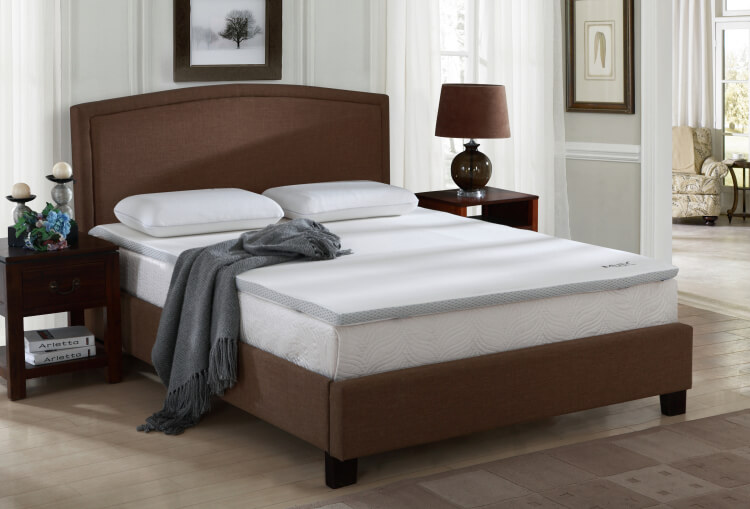With the weekend in sight, I ‘d like to reveal that I am pro-nap, especially on a lazy Sunday afternoon when I should be doing laundry. Which leads me to bring up mattresses and a growing concern with the need to recycle used mattresses.
California’s Bye Bye Mattress program just recently reported it has now recycled more than 5 million mattresses given that 2016. That’s adequate to cover nearly 6,000 miles, or the length of a bridge from California to Hawaii and back, according to the Mattress Recycling Council.
It likewise amounts to 26.3 million pounds of polyurethane foam that was recycled through the program.
The variety of mattresses coming in for recycling is accumulating. Think about all those “bed in a box” home shipment mattresses, and consider what people are making with their old mattresses. MRC has actually produced a $1 million research study fund to discover brand-new things to do with all that utilized foam and other materials.
” The number of utilized bed mattress taken apart by MRC recyclers and the amount of steel, foam and other products reclaimed is gradually growing each year. To sustain future growth, it is essential that we assist recognize brand-new financially practical uses for those products,” MRC President Ryan Trainer said.

The cup of the future may be plastic and recyclable
Bloomberg has been following the efforts of the NextGen Cup Challenge, which is trying to find a better alternative to single-use cups at fast-food chains such as McDonald’s and Starbucks.
The issue is that dining establishments utilize countless foodservice cups each year, and there are problems that make it difficult to recycle them for almost every version out there. And due to the fact that they’re takeout cups, it’s difficult to just change single-use with something like a ceramic option.
Now 2 Northern California neighborhoods are about to check out an option that would replace single-use cups with plastic cups fitted with an RFID tags. Users can get a cup at one participating place and drop it off at another. An off-site planner collects, cleans and after that rearranges the cups for more use.
The material of option for the cups? Recyclable plastic. One group associated with the program kept in mind that individuals didn’t like the experience of drinking out of recyclable metal cups, so the company decided on recyclable white plastic.
“Consumers require an item that isn’t going to be a lot of a step modification,” she stated.
Now 2 Northern California communities are about to try out an alternative that would change single-use cups with plastic cups fitted with an RFID tags. An off-site coordinator gathers, cleans and then redistributes the cups for additional use.
The material of option for the cups? One group included in the program noted that people didn’t like the experience of consuming out of reusable metal cups, so the business settled on recyclable white plastic.
